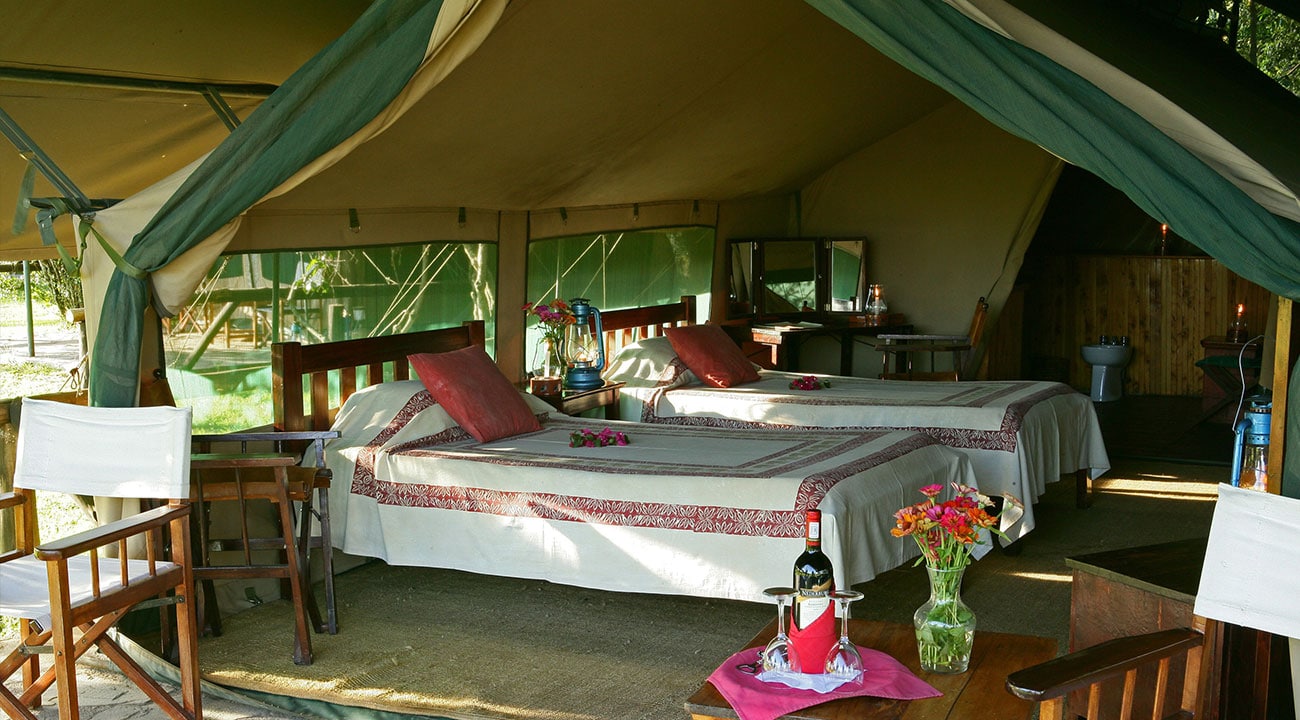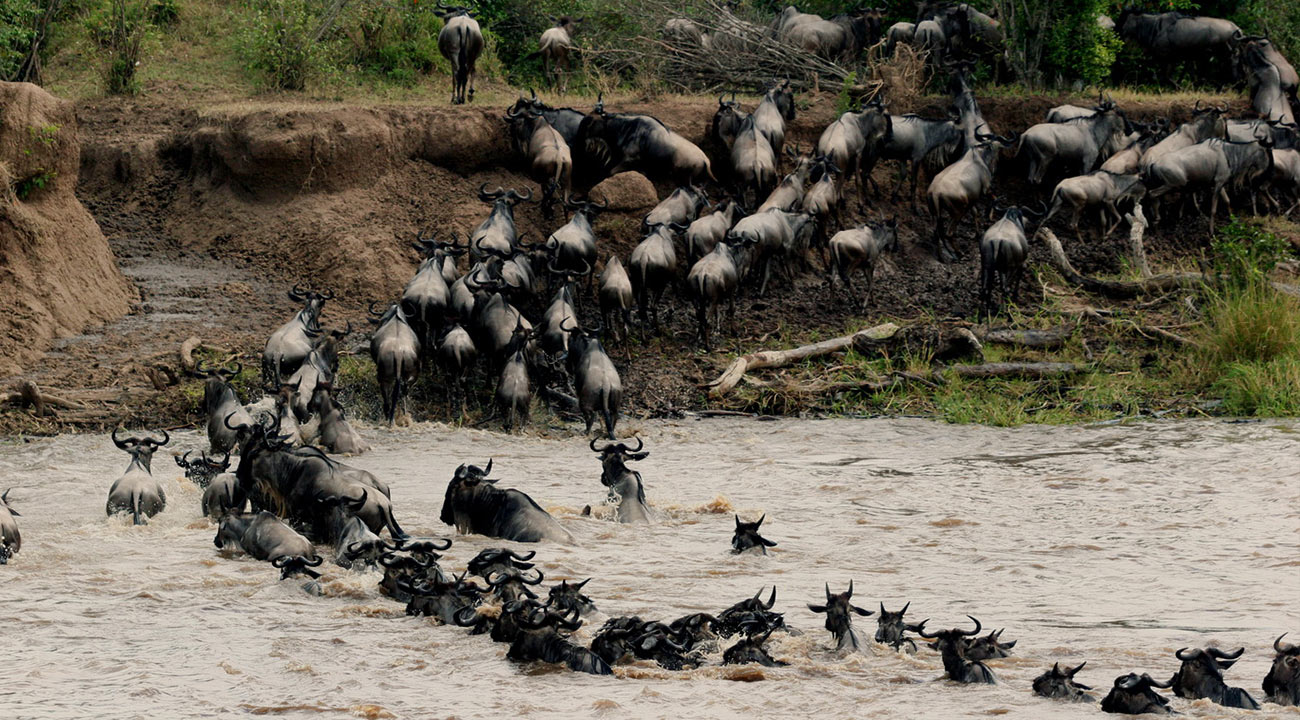
The Beauty Of A Kenya Walking Safari (How It Will Change Your Life)
A walking safari you say? In the Kenyan wilds? With peckish lions around you without the comfort of a hulking vehicle between you? Yes, that is what I am saying. Remember the original African Walking Safari? Admittedly, nowadays, African Walking Safari may not seem natural bedfellows but throw in a good knowledgeable guide, a stoic outlook and a sturdy pair of boots and your outlook on life will be changed.
Until recently, walking was prohibited in most of Kenya’s national parks and reserves; driving was often the only option. Therefore, bush walks and walking safaris were not widely available. However, walking safaris are increasingly being offered in many wildlife conservancies as well as on established private ranches. Moreover, people are fitter and more health conscious than they used to be. They want to get out and exercise and obviously experience animals at eye level.
There is nothing as exhilarating as your first close encounter with a dangerous wild animal on African Walking Safari: the adrenaline, the excitement, the fear and thrill of this primal experience is much more memorable than a hundred game drives. Being on foot changes your perspective on wildlife. You may have previously dismissed impalas as boring when you see herds of them on game drives, but when you encounter them on a walking safari; you cannot help but marvel at their beauty, speed and grace. You realise how much work it is just to stay alive in the bush, and you can feel how vulnerable prey animals are: at any given moment they could be eaten, which endows you with a new sense of respect.
You do find out about the behaviour of animals on game drives but you learn a whole lot more on foot, especially if you have a good guide and expert tracker. You delve into the stories behind a pile of old bones, learn about the place of animals, insects and plants in bewilderingly complex ecosystems, discover that trees are more interesting that you think and find out about seeds that are almost magical in their evolutionary adaptations. An expert tracker will teach you the signs to look for whilst tracking, the individual animal spoor, and show you how to use the wind to disguise your scent, and to move silently through thick cover and get up close and personal with the game.
Walking allows you to explore the wild at its most pure and visceral. You might not see as much big game on foot as you do on game drives, but you do get the chance to be immersed in the fascinating world of plants, seeds, insects, reptiles and small animals. As you track along, you become much more aware – your senses are heightened, you are constantly alert to the sounds of animal calls, the smells of the bush and the wind on your face. You become increasingly aware of the animal you are watching, how it moves and feeds, how it reacts to its environment and to your presence.
It gives you a chance to slow down. You cannot take cell phone calls or answer emails on your smartphone whilst on a walking safari. If you are a technology addict, then this is the holiday for you: you are forced to unplug, switch off and be totally connected to nature.
A walking safari in Kenya is a special and unique experience. You will have ventured into pristine wilderness, slept under the stars, heard nightjars calling and listened to the distant singing of Samburu warriors. Alternatively, scrambled to the top of a rocky outcrop and looked out as far as your eye can see to sky so miraculously blue broken only by the silhouette of an Augur buzzard cruising along on an invisible air current. You will have unforgettable memories of being close to nature in the wild and acknowledge hands down that exploring the bush on foot opens a completely new world of the wild.





